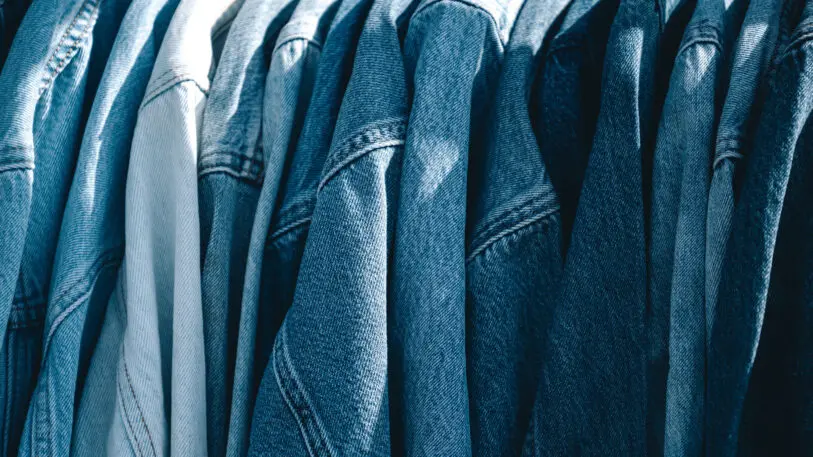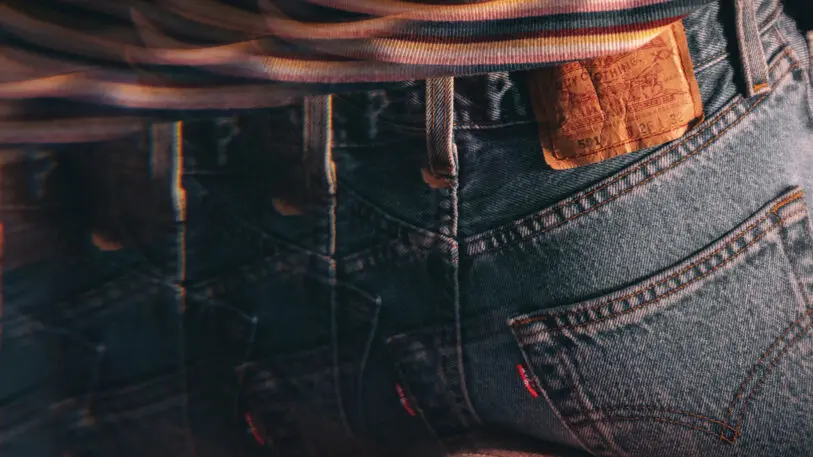Every year, fashion brands manufacture 6 billion pairs of jeans at an enormous cost to the planet, using millions of gallons of water while spewing chemicals and greenhouse gases into the environment. Levi Strauss & Co., the $4.5 billion denim giant, wants you to stop buying so many pairs.
The brand’s newest ads, which launch this week, urge consumers to “Buy Better, Wear Longer.” The campaign is designed to highlight overconsumption in the fashion industry, which churns out more than 100 billion garments every year for only 8 billion people.
Environmentalists often talk about how we should buy fewer clothes, but it’s a counterintuitive message coming from Levi’s, which dominates the global denim industry. While the company has been working to produce its jeans more sustainably, this is the first time it has acknowledged that these incremental improvements alone aren’t going to save the planet.
But can Levi’s actually reduce the volume it sells? And as a publicly traded company with shareholder pressures, can it continue to grow its revenue even while selling less? These are important questions not just for Levi’s but for the entire $2.5 trillion fashion industry, whose business model centers on pushing out the latest trends and enticing customers to buy more and more.
Shifting toward a circular system
This effort to tackle overconsumption is more than just an advertising campaign, insists Jeffrey Hogue, Levi’s chief sustainability officer. He says departments across the company are developing strategies to “tackle the systemic levers of overconsumption.”
At its core, the goal is to create revenue streams that don’t rely on selling new products. This is something that environmental organizations like the Ellen MacArthur Foundation have been advocating for years. In a circular economy, companies wouldn’t need to extract raw materials to make new products, but rather repair, resell, and ultimately recycle goods instead. “This means radically rethinking the industry’s business model,” says Francois Souchet, the foundation’s fashion lead.

These new approaches will dovetail with the work that Levi’s has been doing over the past decade to decrease its environmental footprint. In addition to developing less-water-intensive materials and manufacturing practices, the company is speeding up production times to better adapt to demand and avoid excess inventory.
There’s some evidence that consumer behavior could change in the aftermath of the pandemic. In a global survey of 27,000 people that came out in October, GlobeScan found that 77% of consumers were interested in durable products and 53% were interested in having brands reuse, repair, and recycle products they’ve bought. More than half were interested in buying fewer things in general.
Hogue sees this as an opportunity for Levi’s: By showcasing its sustainability practices, it can attract consumers who want to buy fewer items but of a higher quality. Of course, there’s an inherent contradiction here, and Levi’s is not immune to market pressures and consumer trends.
The trend problem
Souchet points out that when brands begin building circular systems, they must also redesign products so they’re durable enough to last many years and through multiple owners. In some ways, Levi’s products are already suited for resale, as many of its designs are classics. Durability is entwined in the brand’s origin story: Levi Strauss launched the company in 1853, in the midst of the California Gold Rush, creating jeans for gold miners that could withstand wear. He used a tough denim material and incorporated copper rivets to reinforce places likely to tear, like pocket corners. The brand still uses many of these design elements today.
But just because a product is able to last a long time doesn’t mean someone will continue wearing it. The Ellen McArthur Foundation has found that the number of times a consumer wears a garment before throwing it out has plummeted over the past two decades: Many people wear an item as few as seven times before tossing it. The fashion industry drives consumers’ desire for new styles, and Levi’s is no exception: The brand constantly creates new washes and silhouettes depending on current trends.

Consumers’ changing tastes present a challenge to Levi’s as it attempts to curb overconsumption. Dillinger says the company will keep paying close attention to what customers are looking for and accommodate their demands. But the brand can also use its platform to steer them toward pieces that will stand the test of time. For instance, Levi’s leans heavily into the 501 jean, which first came out in the late 1800s and is still a top-selling product today. “We want to offer fewer, better options,” Dillinger says.
Still, he admits that fighting overconsumption is a new direction for Levi’s, one that will take time to get right. Both the company and its customers are starting to reckon with what the fashion industry will look like when people buy less. “It’s all a big puzzle and frankly, it’s a little scary,” he says. “I feel like I’m in a classroom and the teacher has called on me to answer a question I don’t fully know the answer to. But fear shouldn’t stop us from exploring what the future of fashion could be like.”
Recognize your brand’s excellence by applying to this year’s Brands That Matter Awards before the early-rate deadline, May 3.
